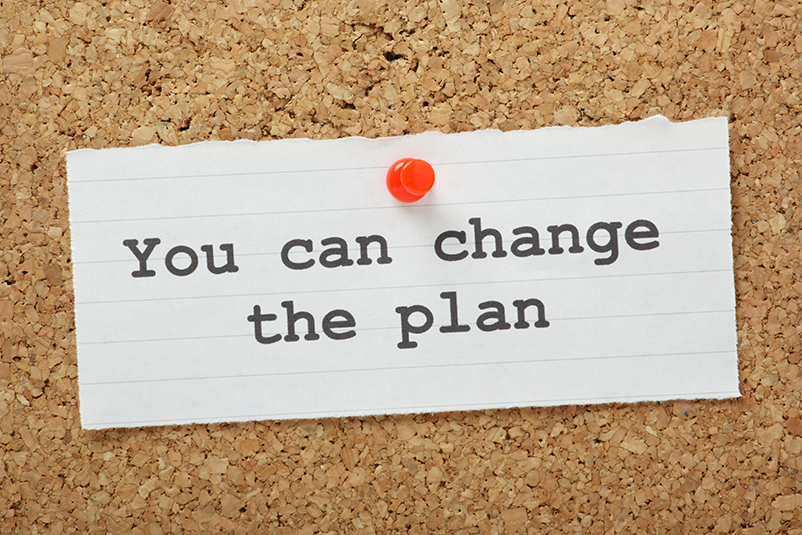
This week’s inspiration comes from a lesson based on a surprising admission: I changed my mind.
I wasn’t planning on it—but who ever does, right? Yet, it happened, and I’m better for it.
As most of you know, I’ve struggled with piles of interests, hard goodbyes, and any other euphemism I may have concocted to describe my clutter. Months ago, I tried and failed at the method Japanese home organization guru Marie Kondo promotes in her book The Life-Changing Magic of Tidying Up. Even last week, I once again affirmed that method wasn’t for me.
Why?
Even though her 2014 book was wildly successful, when I tried to apply it in my home, I was overwhelmed by the rigidity of her process and the magnitude of the task. I failed early and hard and gave up. Alas, one more organizational book had found its place alongside the others I have tried, my organizational book graveyard.
Then, after my favorite football team was knocked out of the playoffs (yep, I love football, but really dislike bad officiating), I had a little extra time over the weekend. Kondo’s new Netflix show, “Tidying Up” popped up as recommended (how did Netflix know?), so I thought I’d give Ms. Kondo 30 minutes of my time.
I was amazed.
First of all, her onscreen presence was far different than the tone of her book. With the help of a translator, she humbly greeted not only the people who invited her, but also conveyed her wish to introduce herself to their home. Kneeling, with head bowed and palms touching the bare floor, she sat in silence as soft music helped me feel the connection she was seeking with the family home.
Three episodes later, I began to pick up a pattern in her process. Her method wasn’t so much about getting rid of stuff as it was about honing the sense of what was important to keep, for now and for the future.
Granted, the process still sounds a bit hokey:
- Hold an item and ask if it “sparks joy.”
- Keep it if it does.
- If it doesn’t, say “thank you” to it, and then discard it.
Yet, the five-step progression she suggests, from clothing to sentimental items, gives time for that “spark joy” feeling to develop. The stronger that sense of what “sparks joy,” the easier it is to discard what doesn’t.
I watched it happen over and over—from combined households, to empty nests, to life after losing a loved one. She rushed no one. She physically helped, offered suggestions, and brought practical solutions to tricky areas in her periodic check-ins.
No judging, just support and encouragement to keep moving through what she recognized, with great empathy, is a difficult process.
And so I changed my mind.
With my parents’ belongings, my children’s belongings, and my own belongings scattered throughout my home, it’s a good time for me to ask myself, what still sparks joy? What do I want to take with me into the next stage of my life?
Seeking joy, and all that sustains it, is a worthy pursuit, I decided.
Encouraged, as I’m striving to be this year, I’ll try once more. I’ll keep you posted on how it goes.
Meanwhile, I wonder, what does it take for us to change our minds? How do we loosen our “made-up” minds enough to be open to something new and let it invade our affirmed, hard-and-fast thinking?
What made me be receptive at last?
Fascination with Kondo’s sustained success? Curiosity about an old idea presented in a new medium? More openness to possibilities because of the New Year? Or maybe I was ready to re-examine a nagging failure and try to learn from it.
Perhaps failure is our best “mind-loosening” experience. Do you agree?
How about you? What prompts you to change your mind? Tell me about it. I’d love to know.
My best – always,
Becky (Nana B)
P.S. I’m trying something new! I’m Chairwriter on Instagram. Hope you’ll join me here: https://www.instagram.com/chairwriter/
Sign Up Here, if you’d like to receive Thoughtful Thursdays via email.
Follow Me!